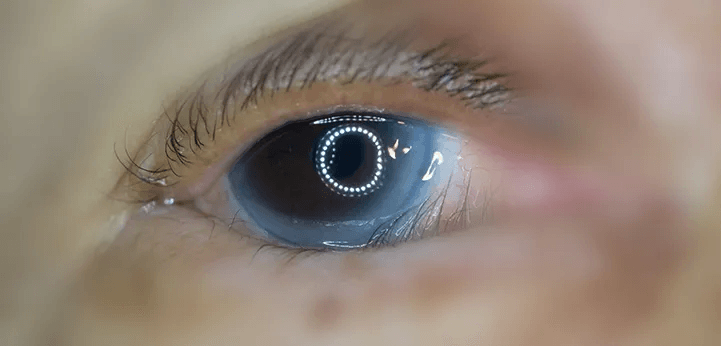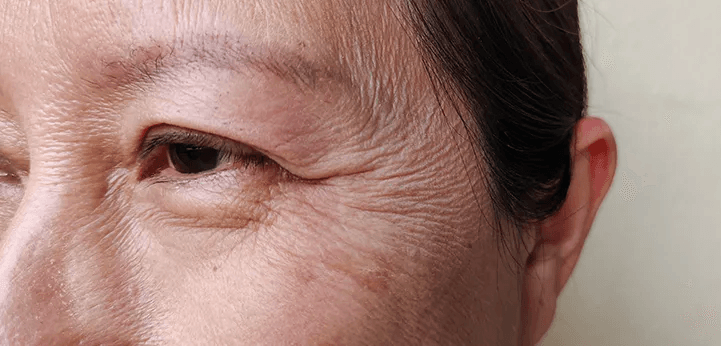Eyelid Disorders
Entropion
The term "entropion" describes the rolling inward of the lid margin towards the eye. As a result, the eyelashes constantly rub against the cornea (front transparent part of the eye) and the conjunctiva (the membrane that encloses the eye), sometimes damaging these structures.

The most common cause of entropion is the laxity of tissues that support the lower
eyelid, seen as part of the normal aging process. This results in the inward rolling of
the eyelid margin.
Occasionally, entropion is caused by the scarring of the inner surface of the eyelid due
to inflammation, chronic infections or trauma.
Longstanding, uncorrected entropion can lead to gradual scarring of the cornea, as well as increase the risk of corneal infection. Therefore, it is important to have this condition repaired before these complications permanently damage the eye. If entropion is present in an eye requiring cataract removal, it is advisable to correct the lid abnormality first, before cataract surgery.
Surgery is usually required to tighten the lower eyelid and its attachments which will
restore some of its elasticity and to reposition it. If you need to delay surgery, tap
or sutures can be used to temporarily reposition the eyelid and protect the eye.
Lubricating eye drops and ointments are also helpful. Unfortunately, these measures do
not result in permanent cure.
Entropion causes irritation, which in severe cases may lead to permanent blurring of
vision. It should be treated by ophthalmic surgeons who are trained to manage this
condition.

